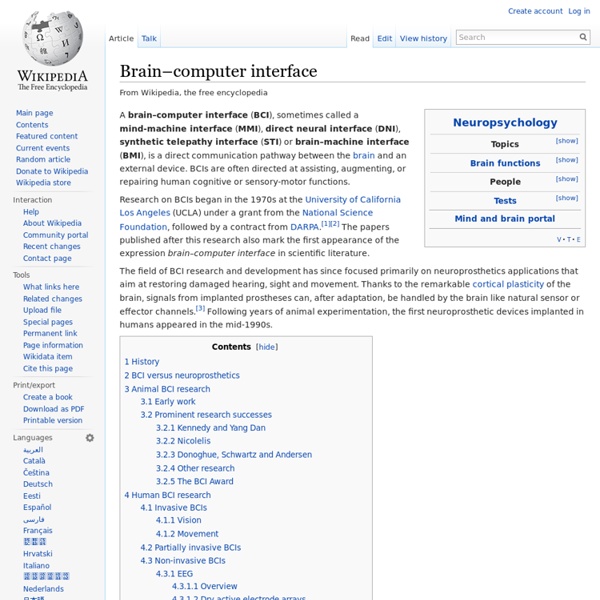Ida Craddock
Ida C. Craddock (August 1, 1857 – October 16, 1902) was a 19th-century American advocate of free speech and women's rights.[1] Early life[edit] Ida Craddock was born in Philadelphia; her father died when she was four months old.
Coitus reservatus
Coitus reservatus (coitus, "sexual intercourse, union" + reservatus, "reserved, saved"),[1] also known as sexual continence, is a form of sexual intercourse in which the penetrative partner does not attempt to ejaculate within the receptive partner, but instead attempts to remain at the plateau phase of intercourse for as long as possible avoiding the seminal emission. Alice Stockham coined the term karezza, derived from the Italian word "carezza" meaning "caress", to describe Coitus reservatus, but the idea was already in practice at the Oneida Community. Alan Watts believed, in error, that karezza was a Persian word.[2] The concept of karezza is loosely akin to maithuna in Hindu Tantra and Sahaja in Hindu Yoga.[3] Control of ejaculation is a key aspect of Taoist sexual practices (known as "cai Yin pu Yang" and "cai Yang pu Yin").[4] The practice of Karezza[edit] Stockham writes, "...
Samuel Beckett
One is what one is, partly at least. The only sin is the sin of being born. Samuel Beckett (13 April 1906 – 22 December 1989) was an Irish playwright, novelist, poet and winner of the 1969 Nobel Prize in Literature. He wrote mainly in English and French.
Color theory
In the visual arts, color theory is a body of practical guidance to color mixing and the visual effects of a specific color combination. There are also definitions (or categories) of colors based on the color wheel: primary color, secondary color and tertiary color. Although color theory principles first appeared in the writings of Leone Battista Alberti (c.1435) and the notebooks of Leonardo da Vinci (c.1490), a tradition of "colory theory" began in the 18th century, initially within a partisan controversy around Isaac Newton's theory of color (Opticks, 1704) and the nature of so-called primary colors.
Dark ambient
Subgenres and related styles[edit] Ambient noise[edit] See also[edit] Dark ambient



